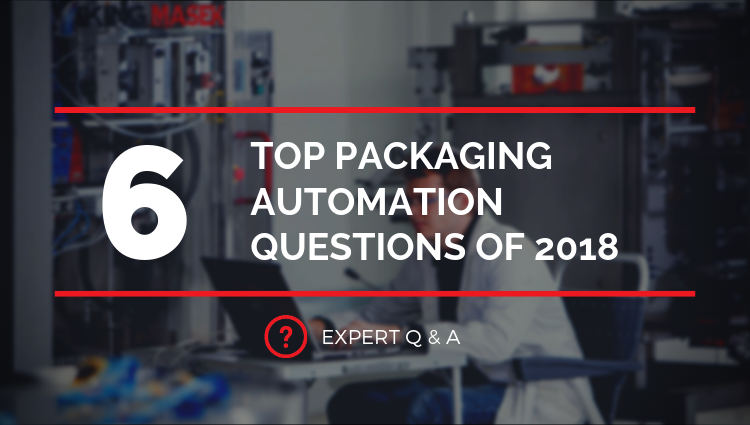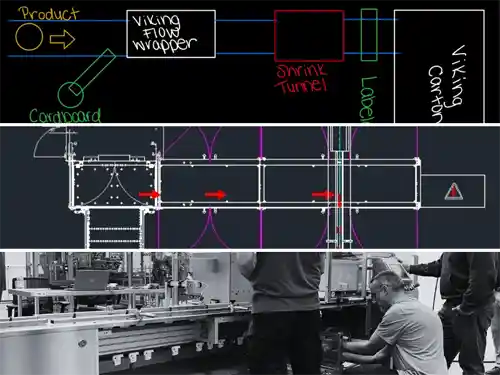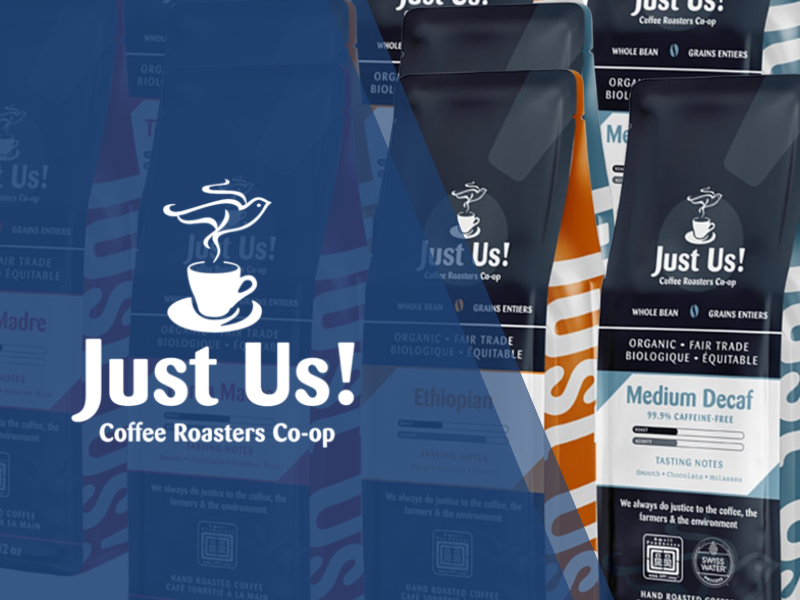Answered: Your top packaging automation questions of 2018

My, you've been busy reading up on packaging automation!
With over 100,000 pageviews of our blog in 2018, we're flattered that you are so interested in what we have to say. So we ranked the top articles you read and, from that, corralled our experts to answer your top questions in one post. Let's jump right in with number one:
1. How do automated packaging machines work?
In 2018, you wanted to know exactly how packaging machines do what they do. From vertical form fill seal to automatic pouch filling sealing machines, articles that explain equipment operation topped the list of our most-viewed posts. In fact, over 20% of the articles you read related to this subject! So let's dig in...
There are two basic forms flexible packaging machines can take: 'Form fill seal (FFS)' or 'fill and seal'. The main difference is that form fill seal machine equipment actually forms the bags from a long sheet of packaging film while fill and seal equipment processes bags that are already formed (premade pouches).
Fill and seal equipment can operate in a vertical fashion (vertical form fill seal or VFFS) or a horizontal fashion (horizontal form fill seal or HFFS). The basic process is this:
- A large roll of flat packaging material is loaded and threaded through the machine.
- The flat roll of film passes over a specially made tube that forms it to make a bag shape.
- The film is joined with heat to make vertical and horizontal seals.
- A product filler measures product and drops it into the bags.
- The bag receives its final heat seal and is cut and discharged from the machine.
Automatic pouch fill and seal equipment, on the other hand, is fed with preformed bags. The bags are filled with product and then sealed shut...
Learn how flexible packaging machines work >>
2. How can packaging automation help keep my product fresh?
With the increase of meal kit and grocery delivery services, consumer packaged goods companies are very concerned with maintaining and enhancing the freshness and shelf-life of their perishable products.
Modified atmosphere packaging (MAP) is a solution often used in automated packaging systems to achieve these goals. Basically, MAP packaging involves either actively or passively controlling or creating the atmosphere surrounding the product in its package. Usually, MAP seeks to reduce the amount of oxygen inside a package, since oxidation is the number one killer of freshness and good taste, smell, and texture.
One example of MAP is gas flush, which uses an apparatus to pump nitrogen gas into bags prior to sealing them shut. This displaces oxygen that, if sealed inside the package, would contribute to quicker product degradation...
Learn how modified atmosphere packaging works >>
3. How do I calculate the ROI on a potential packaging machine purchase?
ROI calculations take a little research, but they're worth it if you are looking to make the best packaging equipment decision for your business.
In a nutshell, you will want to divide the net benefit (or loss) generated by the new equipment purchase by the total new equipment cost. A few tips:
- When calculating the net benefit of the potential investment, consider things like efficiency and throughput increases, labor savings, and any miscellaneous factors unique to your business.
- When calculating the total cost for the new equipment, make sure you also add expenses like parts and service, training, installation and commissioning, and freight.
Another ROI calculation to perform is the payback period. This will tell you how much time it will take to recoup the cost of your packaging machine...
Calculate the ROI on packaging equipment >>
4. How do I maintain and service my packaging machine?
After your new packaging machine is installed and running, if you made the right choice, it won't need much babysitting. But like a car, packaging equipment needs to be maintained to maximize its performance and longevity.
Preventive maintenance should start the day you start production on your packaging machine. Simple things like keeping the machine clean and making sure high wear parts are kept on hand will help maximize your uptime and efficiency. More involved maintenance tasks are also required, but they should only be performed by trained individuals...
5 maintenance tips from the experts >>
5. What should I consider when automating my coffee packaging?
Many coffee roasters, producers, and packagers start out by manually packaging their products into coffee bags. This is labor-heavy, slow, inaccurate, and can be wasteful. However, many startup coffee companies cannot justify the cost of packaging automation right off the bat, which we understand.
As coffee companies grow, however, they come to a realization: Manual packing processes just won't scale to sustain their growth past a certain point. So they begin to look at automated coffee packaging machine options.
If you are looking at automating your coffee packaging, a few things to consider are:
- Your coffee bags. Are you married to the design or open to changes?
- Speeds required. Is throughput the top consideration?
- Product freshness. Does your coffee need to have an extended shelf-life?
- Convenience factors. Is consumer convenience a major factor?
After you answer those initial questions, you can start looking at which type of coffee packaging equipment is best for your business...
How to choose the right coffee packaging equipment >>
6. What’s with the Doypack?
What’s with the Doypack, indeed. Other than being a fun word to say, why the interest?
That articles referring to this specific package type were accessed on the regular in 2018 kind of surprised us at first. But as we thought about it more, it made sense.
This package format, otherwise referred to as the stand-up pouch, has been steadily growing in popularity. Consisting of two flat sheets sealed together at their sides and a “W” fold along the bottom, the Doypack package stands up unassisted. Consumers love the Doypack because of its convenience and premium, small-batch look, and consumer packaged goods companies love it because of the ample room for marketing and the fact that it stands as its own billboard.
Products like coffee, snacks, and detergent pods are just a few of the many items that can be found in Doypacks today...
Learn more about the Doypack >>
Your top packaging automation questions answered.
Subscribe to our blog to get the latest packaging automation knowledge, news, and tips delivered right to your inbox.





